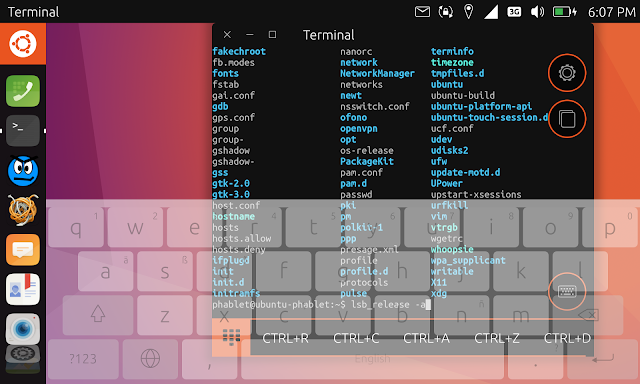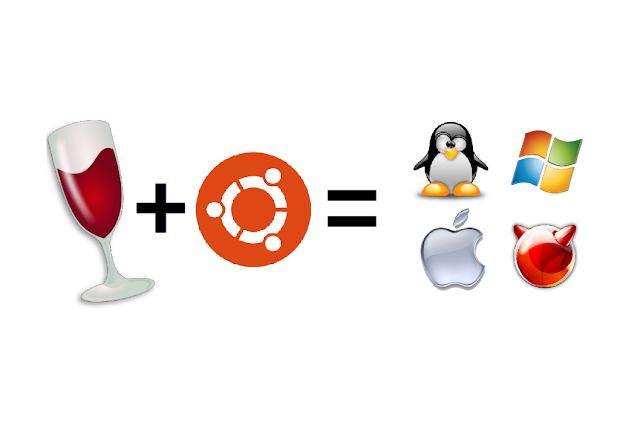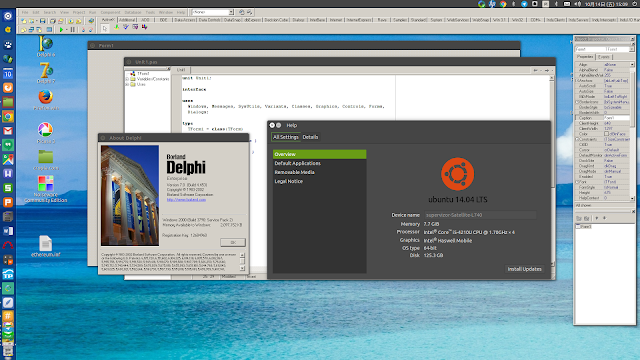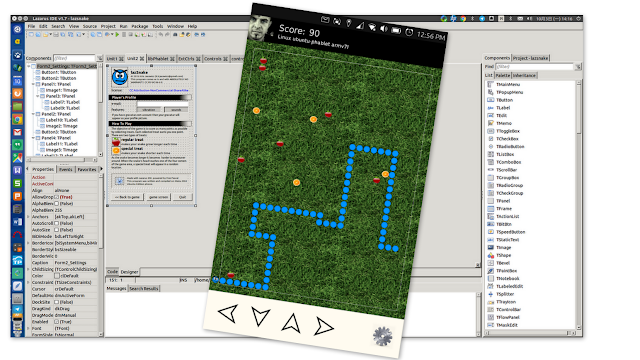Ubuntu Touch Onscreen Keyboard QML hack for transparency

DISCLAIMER: Apparently this is already being addressed as a resolution to a bug/feature report I filed at: https://bugs.launchpad.net/ubuntu/+source/ubuntu-keyboard/+bug/1647603 So by the time you are reading this, might already be obsolete, hopefully ;) All started with me being frustrated when the onscreen keyboard on my Ubuntu Touch phone overlapped the portion of the window that I was typing text into, so I could not see what I was typing. I quickly shared my complaint online along with a conceptual transparent maliit keyboard, which was just a retouched photo: Well, very soon after help came from a Google Plus user who + Kugi Javacookies helped me with QML, because I'm not familiar at all with QML, never used it. This hack is very simple if you don't mind using command line, as it only requires editing one file: /usr/share/maliit/plugins/com/ubuntu/Keyboard.qml on your phone, using editor you like. I used mcedit, because I think it is the most user friendl


